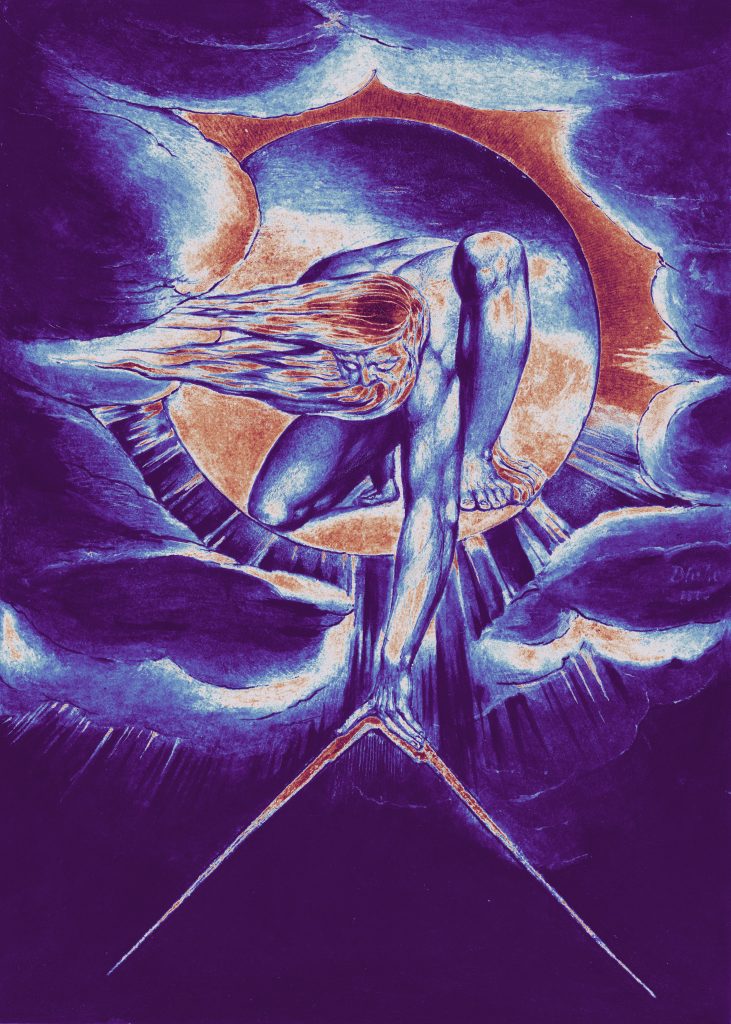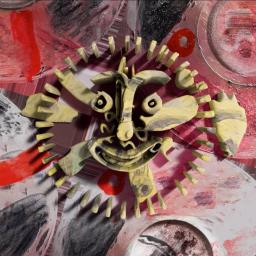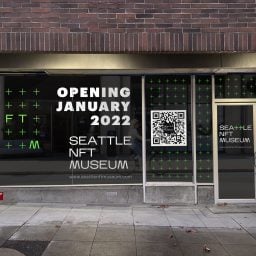NFTs have roused major interest (and cash) on the commercial side of the art world of late. This summer, the omnipresent blockchain-based collectibles made the leap into the institutional landscape of museums, after a small but notable delay.
Several public collections from around the world have taken the bait, announcing that they would sell NFT versions of their art. For some, it was in hopes of recuperating money that was lost during the pandemic. For others, it was a curatorial exploration or display of institutional power. For all of them, it’s been a way to stir up attention and a bid to reach new audiences.
A quick run-down of recent museum NFT initiatives: the tech-loving Uffizi in Florence sold an NFT of a painting by Michelangelo, Doni Tondo, for a cool €140,000 ($170,000) in May. More recently, this month, the Hermitage announced its plan to sell several NFTs connected to masterpieces from its collection, hot on the heels of the Kansong Art and Culture Foundation in Seoul’s decision to tokenize a national treasure to help keep its operation afloat. The Whitworth in Manchester is also incorporating a major NFT sale of William Blake’s work, The Ancient of Days NFT, into an exhibition about the economy.
It seems that despite the divergent tacks, NFTs are becoming something like a new form of digital merch—albeit with a potentially heftier price tag than, say, Mona Lisa tea towels or limited edition silk scarves printed with Monet’s flowers. But as with any new medium, there are sure to be growing pains. Are museums jumping in too soon? And as countries consider new legislation to govern the cryptocurrency trade, what are the pitfalls?
“This may sound like science fiction, but with the NFT explosion, this transformation is happening much faster than museums may realize,” said Jason Bailey, cofounder and CEO of Club NFT.
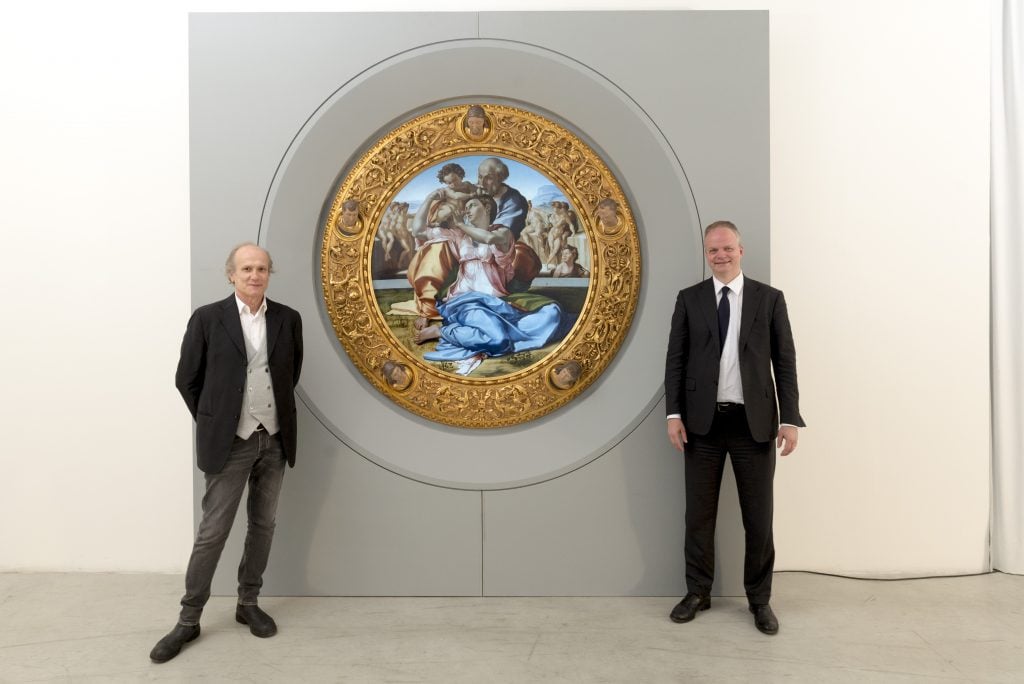
Cinello founder and CEO Franco Losi (left) and Uffizi director Eike Schmidt (right) with Michelangelo’s Doni Tondo (1505-06), which sold as an NFT this summer.
New Funds, New Patrons
“My own kids don’t know who William Blake is, but they know what an NFT is,” said Alistair Hudson, the director of the Whitworth, speaking on the phone from Manchester.
He sees the advent of NFTs as an opportunity to achieve two goals at once: to offer education on digital collectibles and reach new audiences. “We are not doing this just to make money or to look at it is as a commercial revenue stream, but as part of our intellectual and curatorial considerations,” Hudson said. “NFTs are being exchanged and traded by school kids and also in the upper end of the market by digital billionaires, showing the power of your wallet. The whole thing is a demonstration of financial power.”
The institution has a particularly thoughtful approach: They will sell 50 NFTs of William Blake’s 1794 work The Ancient of Days on the eco-friendly NFT marketplace Hic et Nunc (actually, they are using multispectral imaging equipment to generate something that is an interesting new high-tech version of the familiar image).
Crucially, profits from the sale will go towards the Whitworth’s community projects, and the museum is hoping it will generate a revenue stream that lasts for years to come. That is because written into the blockchain are smart contracts enshrining royalties to the museum every time one of the Blake works is resold.
“We are interested in looking at how we can recalibrate the economic system of the museum to fit with the shape of the new world,” Hudson said. “NFTs have the potential to create a more democratic form of philanthropy… It is not about us reinforcing the capital of the institution. It’s about generating new forms of capital that can be of public benefit.”

Hito Steyerl speaking with Martti Kalliala from Amnesia Scanner and Joseph Vogel about crypto, art, and NFTs at Studio Bonn, hosted by Kolja Reichert.
Bailey, an expert on NFTs who has helping the Whitworth with its sale, is hopeful this strategy of seeking new patrons could help diversify the museum’s base of support. “Decentralized finance could change the way museums raise money and reduce dependency on a small number of high-net-worth patrons whose values do not always align with the communities museums are designed to serve,” he said.
This new kind of fundraising comes with its own challenges. Zachary Kaplan from the web art organization Rhizome recently received the largest gift in its history via an NFT sale. He told Artnet News that there are still some “caveats” to be smoothed out between art NFTs and institutions.
“There are still barriers for nonprofits,” he said. “For example, the exchanges are not optimized towards new or small institutional users.” He added that “the value of NFTs is driven by engagement from their artist and collector community, which does not overlap 1:1 with traditional museum supporters.” Successful projects, he said, will need partnerships between institutions and creators where creators are “in the lead, engaging their community for the cause they support.”

Rafaël Rozendaal, Endless Nameless (2021). Courtesy of the artist and Rhizome.
Legal Questions
The reason that museums have been comparatively slower on the uptake than other segments of the art world likely has something to do with the red tape around what they can and cannot do with works in the public domain.
For the Hermitage, which is selling NFTs of works like Leonardo da Vinci’s Madonna Litta (1490), Vincent van Gogh’s Lilac Bush (1889), and Claude Monet’s Corner of the Garden at Montgeron (c. 1876), the experiment is simply about exploring the new format in a nation where much of the crypo trade is outlawed. The Hermitage does not even intend to earn money, according to its general director Michael Piotrovsky, who is spearheading a sale together with Binance, a crypto trading platform that has been riddled with legal issues.
The Russian museum is splitting famous works in its collection into not one but two NFTs—one of the digital tokens will forever reside in its collection and the other will go to the eventual buyers. “Our financial issues are measured in billions,” Piotrovsky told Forbes Russia. “It’s not serious to resolve financial issues with the aid of tokens… For the moment, we want to see what sort of reception this form gets.”
The Hermitage’s approach is informed by Russia’s strict laws governing cryptocurrency trading, which went into effect in January. The museum has found a way to comply—though it has offered little information on exactly how the sale will work in this regard. Some suggest it is exploiting a loophole that NFTs are not explicitly mentioned in the new laws.
The Uffizi was one of the quickest to enter the new space, perhaps unsurprisingly. Under its upstart director Eike Schmidt, the home of Botticelli’s The Birth of Venus has also been quick to jump on TikTok and even launched playful cooking shows during lockdown. Enthusiastically entering the NFT arena, it sold Doni Tondo for €140,000 ($170,000), taking a 50/50 split of the profits with their technology partner Cinello.
At the time of the drop, the museum announced they would also put NFTs of other classics in the collection up for sale: Birth of Venus, Raphael’s Madonna del Granduca, and Caravaggio’s Bacchus were all on the list to be turned into tokens.
“There is a component of spreading knowledge of these works of art,” Schmidt told Artnet News. “But just as in the past you could not run a museum through the sale of posters and postcards, we won’t be able to run a museum of the future through digital twins.”
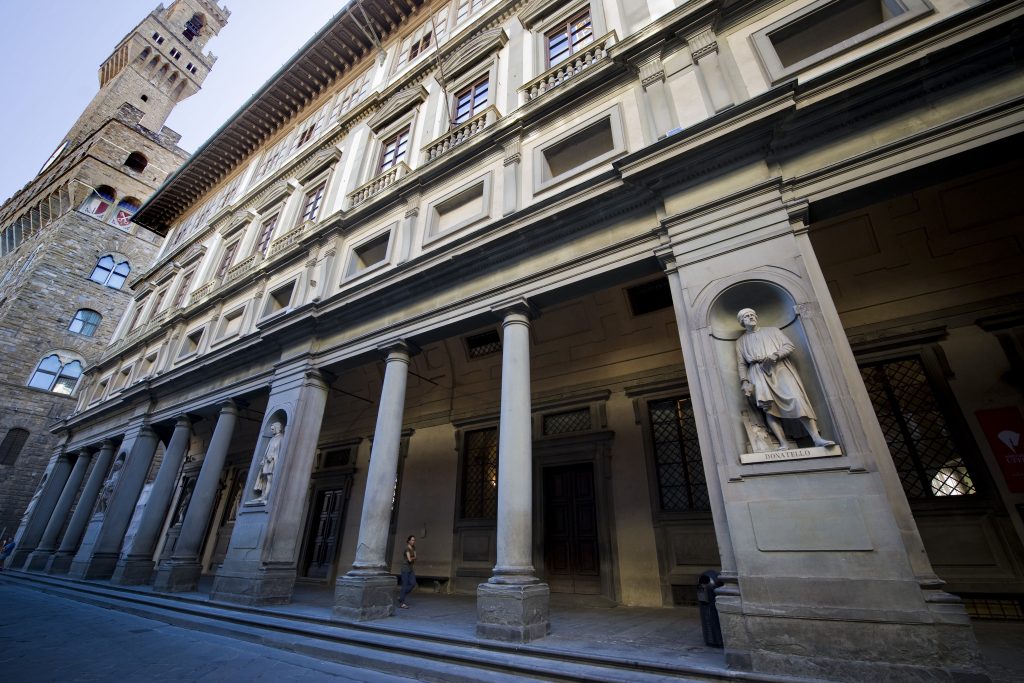
The Uffizi museum in Florence, Italy. Photo by Giovanni Mereghetti/Education Images/Universal Images Group via Getty Images.
The upcoming sales are being put on hold, according to Schmidt while the Italian culture ministry looks into legislation on digital sales and, in particular, NFT reproductions of works owned by national museums. “Hopefully [we do not have to wait] for too long, because we do not want to miss the next phase of our sale,” he said. (The culture ministry did not answer repeated requests for more information about their possible legislation.)
While he looks forward to continuing with its NFT sales (pending the government go-ahead), he is also sure that the real value of NFTs for museums lies elsewhere. “The blockchain technology is far more interesting for new creations of works of art and for other sectors of the museum, such as ticket sales and smart contracts. We are looking into that actively.”
Different Possibilities
In a recent discussion at Studio Bonn, artist Hito Steyerl laid out her skepticism about blockchain, crypto, and NFTs, as well as the cultural sphere’s optimism about them. “The centralization of power is happening within the crypto-sphere,” warned the artist.
In fact, she announced that she has been “squatting” on Ethereum addresses of cultural institutions like the Humboldt Forum, Berlin, and the Bundeskunsthalle, a major cultural institution in Bonn. “The entire art world is mine,” she quipped.
Steyerl’s point, though symbolic, raises important questions about the ethics around privatizing objects, public goods, or just space in general on the blockchain. Should institutions really be selling off original digital versions of their works into private hands?
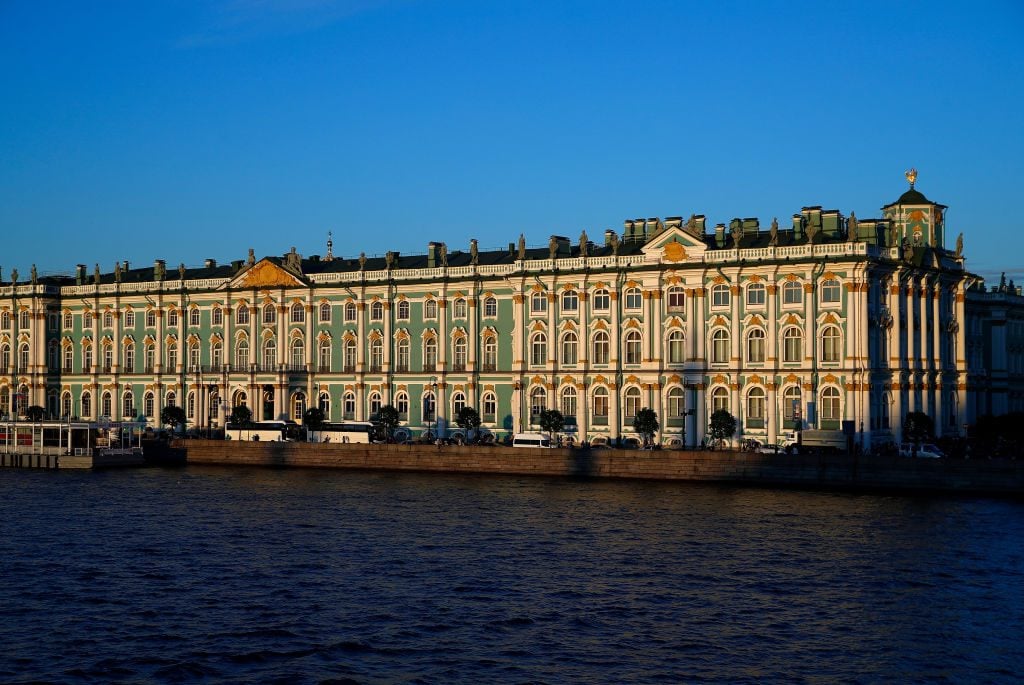
Views of the State Hermitage Museum and Winter Palace St Petersburg, Russia. Photo: by Julian Finney/Getty Images.
Bailey, who advised the Whitworth and has helped the museum incorporate the NFT sale into their programming, urges other museums to harness this moment for engagement and education. But he also advises caution—do not sign your art away too quickly.
“Make sure you understand what NFTs are and the role they will play in the future before you sign away your rights to the NFTs in your collection,” he said. “I use the example of Walt Disney, who in the 1930s refused to sign his rights to television away even though most people had no idea what it was at the time. By 1966, it was estimated that an astronomical 100 million people were tuning in to watch Disney television shows.”
Navigating the stickier issues of the NFT boom while taking advantage of its opportunities will be a balancing act. One must commend the various institutions who are sticking their necks out, and willing to make the first mistakes that others can learn from. In fact, the Whitworth is currently planning to chronicle all the highs and lows of its NFT sales in an upcoming exhibition in 2023 on the subject of economics and art exhibitions.
“The great unknown is the perpetual nature of the blockchain,” Hudson said. “What does it mean to have a work functioning in perpetuity? One of our jobs is to disseminate images… This is a way of doing that. We are taking an image from 1827 and making it operate in the world anew.”
